In the dynamic world of digital marketing, success is not just about launching campaigns; it’s about continuously optimizing them for maximum impact. This optimization is impossible without a robust understanding and application of analytics. Digital marketing analytics provides the data-driven insights necessary to understand campaign performance, identify areas for improvement, and make informed decisions that drive better results and higher return on investment (ROI). This guide explores the critical role of analytics in optimizing digital marketing campaigns and how to effectively leverage data for continuous growth.
At its core, digital marketing analytics is the process of collecting, measuring, analyzing, and reporting digital data to understand and optimize web usage. The first step is to ensure you have the right tracking in place. This includes implementing Google Analytics (or similar web analytics platforms), setting up conversion tracking for your advertising platforms (e.g., Google Ads, Facebook Ads), and utilizing the built-in analytics of your social media and email marketing tools. Without accurate data collection, any analysis will be flawed. Ensure your tracking is consistent across all your digital touchpoints.
Defining Key Performance Indicators (KPIs) is crucial before diving into data. KPIs are the specific, measurable metrics that indicate the success of your campaigns relative to your business objectives. For example, if your goal is to increase brand awareness, your KPIs might include website traffic, social media reach, and impressions. If your goal is to generate leads, KPIs could be lead form submissions, cost per lead, and conversion rates. Clear KPIs provide a framework for your analysis, helping you focus on what truly matters and avoid getting lost in a sea of data.
Analyzing campaign performance involves looking beyond surface-level metrics. For example, a high click-through rate (CTR) on an ad might seem good, but if it’s not leading to conversions, there’s a problem. Dive deeper to understand the user journey. Where are users dropping off? What content are they engaging with? Are there technical issues preventing conversions? Use segmentation to analyze different audience groups, traffic sources, and device types. This granular analysis helps you pinpoint specific areas for optimization. Tools like Google Analytics provide detailed reports on user behavior, traffic sources, and conversion paths.
A/B testing is a powerful analytical technique for optimizing campaigns. It involves creating two (or more) versions of a marketing asset (e.g., an ad, a landing page, an email subject line) and showing them to different segments of your audience to see which performs better. By systematically testing one variable at a time, you can identify what resonates most with your audience and incrementally improve your campaign performance. Analytics tools provide the data to determine statistical significance and ensure your test results are reliable. Continuously run A/B tests on headlines, images, calls to action, and ad copy to refine your campaigns.
Attribution modeling helps you understand the true impact of each marketing channel. In a multi-touch customer journey, a conversion might be influenced by several interactions across different channels. Attribution models (e.g., first-click, last-click, linear, time decay) assign credit to different touchpoints, providing a more holistic view of your marketing ROI. This understanding allows you to allocate your budget more effectively, investing in the channels that truly contribute to your business goals, rather than just those that get the last click. Analytics platforms offer various attribution models to help you make informed decisions about your marketing spend.
Predictive analytics takes optimization to the next level by using historical data to forecast future trends and outcomes. This can help you anticipate customer behavior, identify potential churn, or predict which leads are most likely to convert. By leveraging predictive insights, you can proactively adjust your campaigns, personalize offers, and allocate resources more efficiently. While requiring more advanced tools and data science expertise, predictive analytics offers a significant competitive advantage in optimizing marketing strategies and resource allocation.
Finally, the insights gained from analytics must lead to actionable strategies. Data without action is meaningless. Regularly review your analytics reports, identify key takeaways, and translate them into concrete optimization plans. This might involve adjusting your ad targeting, refining your content strategy, improving your website’s user experience, or reallocating your budget. Digital marketing analytics is not a one-time task but an ongoing cycle of measurement, analysis, and optimization. By embracing a data-driven mindset, marketers can continuously improve their campaigns, achieve higher ROI, and drive sustainable business growth in the competitive digital landscape.


